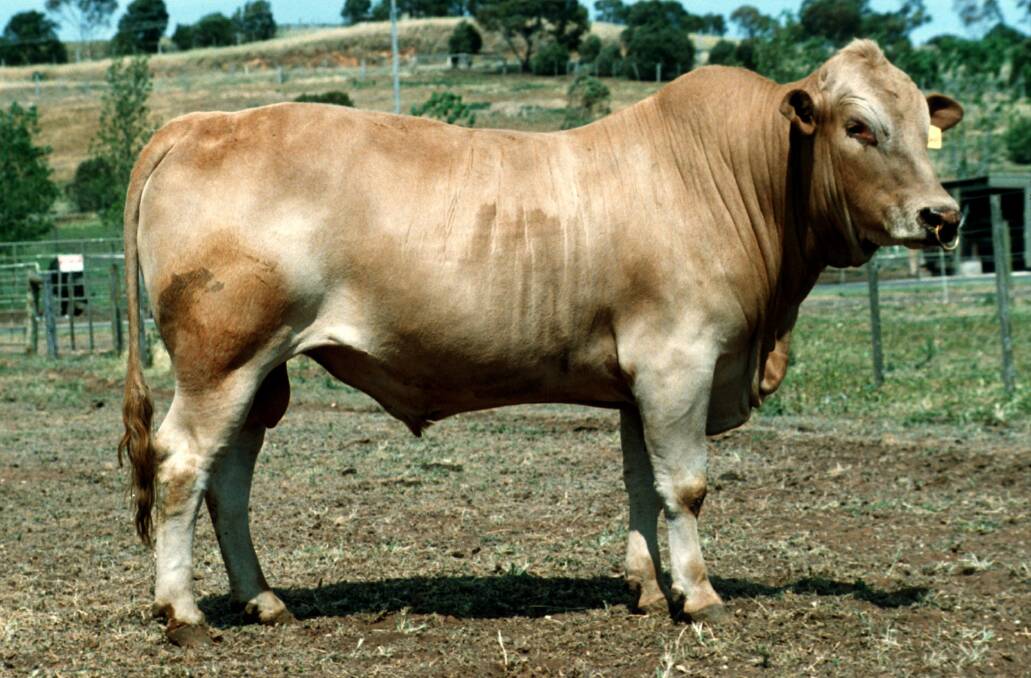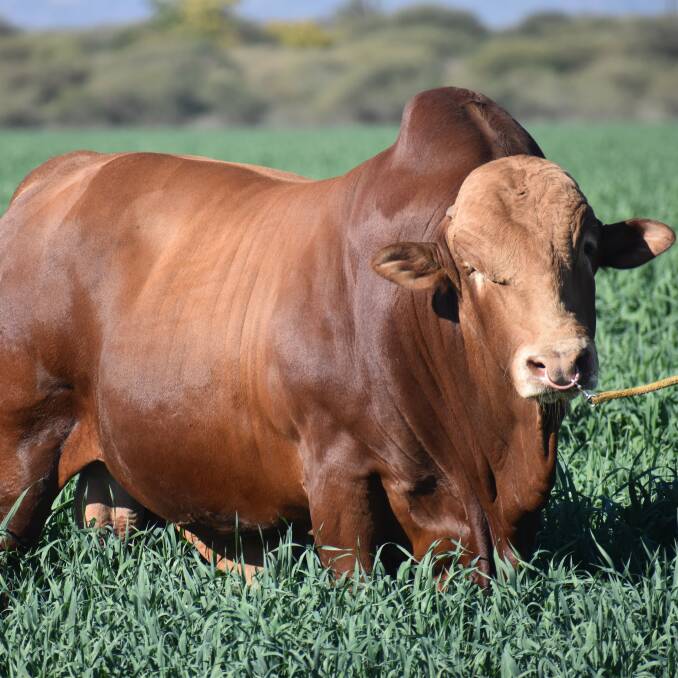
A collection of rare bull semen will be auctioned off by the CSIRO this week, providing a unique opportunity for beef producers to get their hands on some 'retro' genetics.
Advances in science mean the historic collection is no longer required by Australia's national science agency, CSIRO, and will be auctioned to raise money for Drought Angels, the Queensland Country Women's Association and Beyond Blue.
The genetic material from a range of rare cattle breeds offers breed societies and producers the chance to bring back some of the older breeds whose genetic stock isn't readily available anymore.
Among the breeds to be represented in the offering of 5000 straws are Tuli, Adaptaur and Afrikaner along with the better known breeds of Belmont Red, Brahman and Red Angus.
The samples were gathered in the 1980s and 90s and while they can't guarantee the semen is still viable or provide genetic information on the bulls, CSIRO are hoping there'll be plenty of interest in the auction.
"It is hard to predict how much interest but the alternative to making the material available would be to discard it and that didn't seem to be the right thing to do," CSIRO livestock geneticist Dr Sigrid Lehnert said.
"It could be used by people who are developing their own composite tropical breeding programs - there is more and more of that work happening around the country.
"There might also be interest in The Adaptaur. The whole idea of having a purebred Bos taurus animal that has good tick resistance fell out of favour but people are heading back in that direction now."
Dr Lehnert has been in contact with the Afrikaner breed society in South Africa who were delighted to hear the news.
"They got so excited that there is still germplasm available," she said.
"It was exported out of South Africa towards the middle of last century and they had been thinking about re-importing it to broaden their own gene pool in South Africa."

Breeding societies and producers can visit AuctionsPlus to check lots and place bids. The auction is open 27-29 November.
Beef Breeding Services, where the semen has been stored for several decades, the online livestock auction house, Auctions Plus, and SBB/GDL, the participating livestock agent, are all donating their services to help as much of the funds raised get to charity as possible.
"CSIRO works closely with rural communities to build drought resilience, but in addition to our scientific innovation we also wanted to do something to help out charities supporting people on the land during this tough time," Dr Lehnert said.
The Adaptaur
CSIRO first started research on improving cattle breeds in the 1950s. Cattle in the north suffered a high mortality rate, dying from heat exhaustion and tick related diseases. Most of the breeds available at the time originated from Britain and Europe (known as Bos taurus) and were not as well suited to the climate as Bos indicus, which largely originate from India and tropical regions.
Researchers at the former CSIRO research station at Belmont (in Central Queensland) assessed crosses between the British beef breeds Hereford and Shorthorn for performance in Northern Australia. They started noticing that some animals showed far better adaptation with respect to tick infestations and heat. They selected animals with these characteristics and over time they created the Adaptaur breed of tropically-adapted Hereford Shorthorn cattle. For various reasons, this program and the attempts to commercialise the breed on a large scale have largely failed.
CSIRO are offering semen straws for auction from around a dozen Adaptaur bulls that remained when the program was wound up in the 90s.
The Belmont Red
At the Belmont research station, CSIRO staff also conducted experiments to compare different blends of Bos indicus and Bos taurus genetics with respect to growth, fertility and tick resistance. They were able to provide the scientific evidence that the new genetic material performed better in the northern Australian climate. .
The CSIRO bred Australia's first 'tropical composite' breed, the Belmont Red - named after the research station - which was 50 per cent Afrikaner (Bos indicus) and 25pc each of Hereford and Shorthorn (Bos taurus) breeds.
In 1972, the first Belmont Red bulls we released went to a property near Rockhampton. They were brought up in tough conditions which tested them thoroughly. CSIRO exposed them to cattle ticks and grazed them on low quality pasture. They were so scrawny, the farmer they were given to was so embarrassed - he ended up putting them in a paddock as far away from the house as possible so visitors couldn't see them. But when the bulls' first calves were weaned, they averaged 10 kilograms heavier that the other stock on the same property.
Belmont Reds have stood the test of time as a breed and there is a Belmont Red Association.
CSIRO have around 80 lots of Belmont Red semen on offer collected between 1979 and 1991. Also available are semen straws from three Afrikaners related to the original bulls used in the Belmont Red program.

